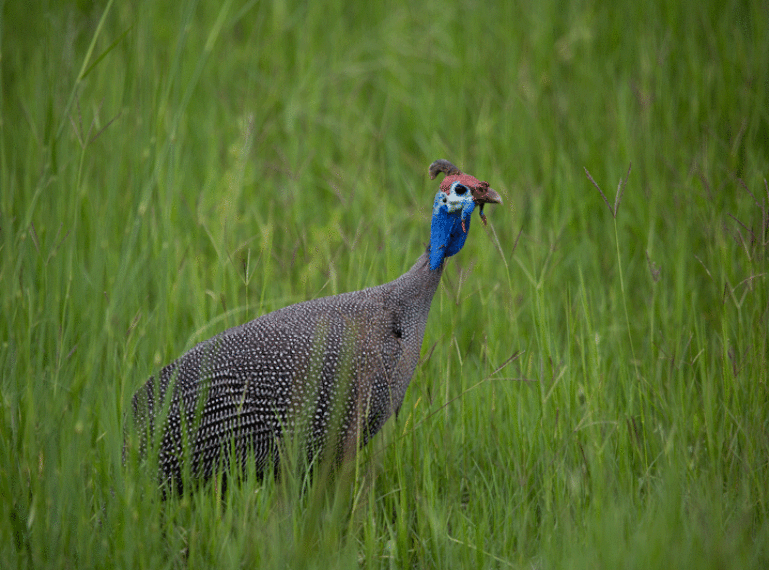
The Okavango Delta Panhandle is home to such an array of colourful creatures, it’s hard to know which way to look! The Delta Belle Houseboat cruises through the area taking guests on a private tour of this magnificent region. These are some of the birds one will get to know in the epic Okavango…
We know him as Zazu, Mufasa’s loyal bird-PA in the Lion King, but off-screen, the red-billed hornbill serves another member of the animal kingdom. These commonly seen birds have a mutually beneficial relationship with dwarf mongooses, offering the luxury of a warning call in return for easy prey. The mongooses often await the arrival of the hornbills before setting out foraging in the morning, and similarly, if the hornbills arrive early, they send a noisy wakeup call into mongoose burrows to get the foraging started. On the lookout for predators, hornbills keep the mongooses safe, while swooping to snatch up any flyaway insects disturbed by the mongooses.
Hornbills have a complex breeding behaviour that begins with pair bonding and visual displays, and builds trust between the male and the female for the duration of the season. Prior to laying eggs, the female hornbill gets sealed into a pre-existing hole in the trunk of a tree using mud, food remains and droppings, leaving only a narrow opening big enough for her to receive food from her mate. The female sheds all her feathers, which then line the nest and cradle her eggs safely. Once the chicks are of age, the female has regrown all her feathers and breaks her way out of the nest, not forgetting to seal it up again with her chicks inside. Both male and female hornbills will take on the feeding duty until the chicks are old enough to fly. After 3 weeks as a family, the young’uns fledge and seek a mate of their own.
Aptly named in French (Marabou means ‘ugly, misshapen, old man’), the marabou stork is a terrifically unattractive bird that joins the hyena, wildebeest, warthog, and vulture in Africa’s ‘Ugly Five’. Its hunched form can be seen awkwardly balancing atop trees when it is not feeding itself by scavenging after vultures and other messy carnivores. Marabou storks are meat-eaters, but their beaks are not equipped for tearing off bites of their own, and instead they grab the bite-size scraps left over from others.
One of the much more beautiful species starring in Botswana’s avian parade is the lilac-breasted roller. Hungry for meat, this colourful bird perches high up on bare branches either alone or in close pairs, keeping an eye out for insects, scorpions, snails, lizards, even small birds on which to prey. A breeding pair of lilac-breasted rollers nest in a pre-existing tree hole where a clutch of up to 4 eggs is incubated and protected fiercely by both male and female. A roller’s claim to fame, and indeed its namesake, is its dramatic show of soaring into the air and plummeting from a height in a sort of somersault motion while exhibiting a less than songful call. This beautiful bird certainly does not have a voice to match its vibrant plumage.
Out of the 9 species of kingfisher occurring in Botswana, this small black and white bird is the only one demonstrating hovering behaviour. Instead of quietly awaiting the moment to plunge from an extended branch, the pied kingfisher flies above the water and hovers (not quite as expertly as a hummingbird) above its intended prey before nose-diving through the surface and retrieving its fishy prize. Its eyes naturally correct refraction of the water making sure the bird can judge the exact position of its prey, and its transparent eyelids are designed to cover the eyes yet maintain vision as the bird enters the water. Unlike most other kingfishers, pied kingfishers are co-operative breeders, meaning that the breeding pairs receive assistance in caring for their young from their older offspring and other non-breeding adults.
Woodpeckers not only drum furiously onto the trunks of trees to access the delicious mites that dwell within, they also rap their beaks quickly against the bark as a means of communication. The resounding noise can be heard afar and is the unmistakable call of these pretty birds. They have unique adaptations from their feet to their beaks that suit the birds to their heavy duty jobs. Woodpeckers’ brains are cushioned against the pressure of drumming into wood, and their exceptionally long tongues begin behind their eye sockets, providing a sort of shock absorber preventing the bird from falling unconscious. They have 2 toes facing backwards and 2 facing forwards, so that they can comfortably cling to the trees in a vertical position. Their tail feathers are sturdier than usual and press onto the trunk of the tree, providing support in the way that a tripod does.
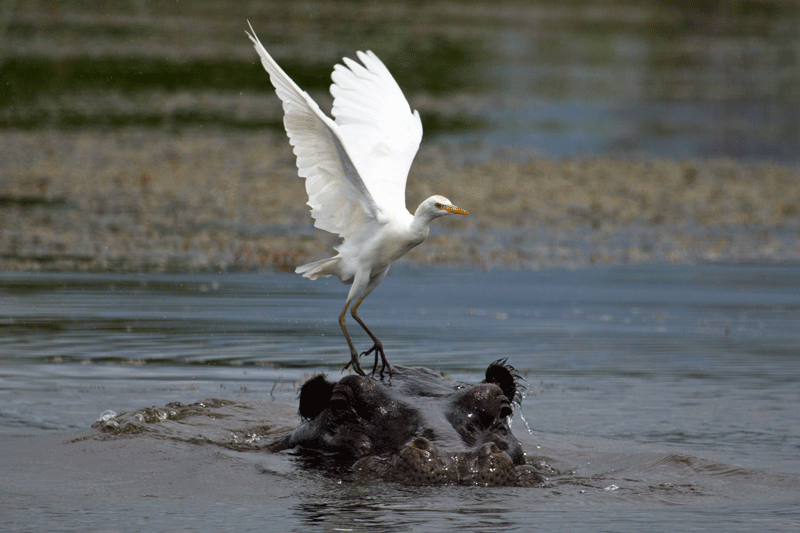
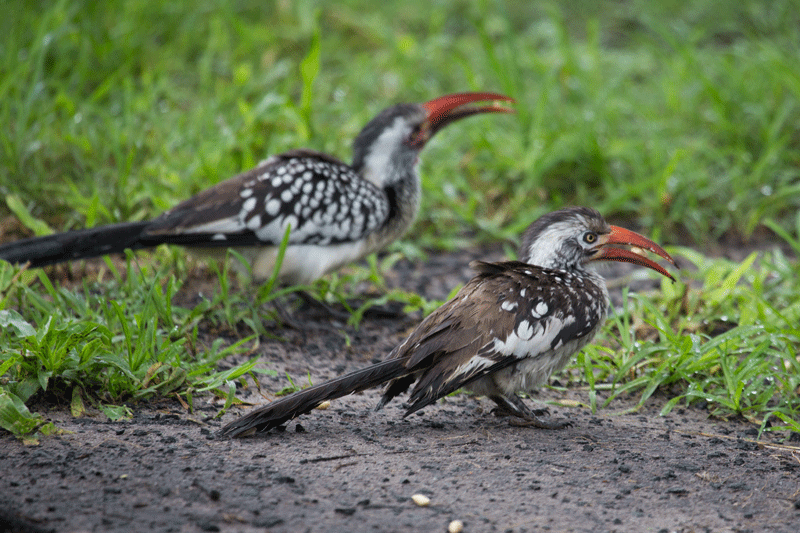
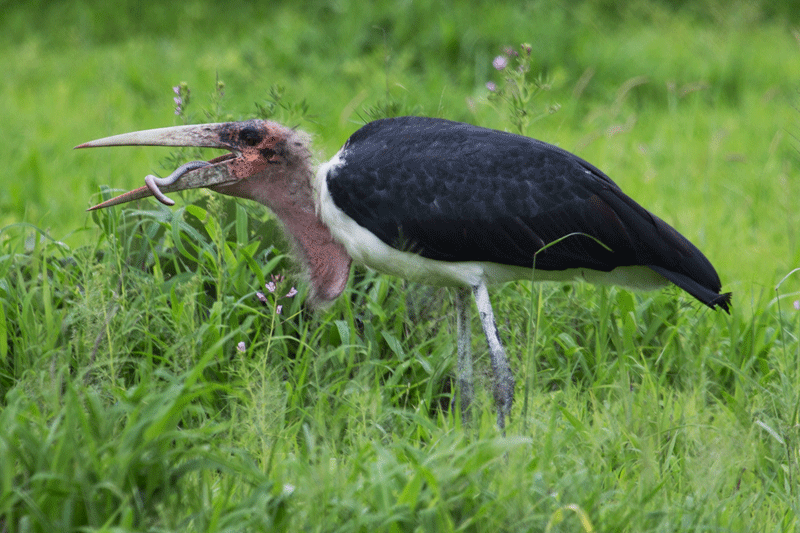
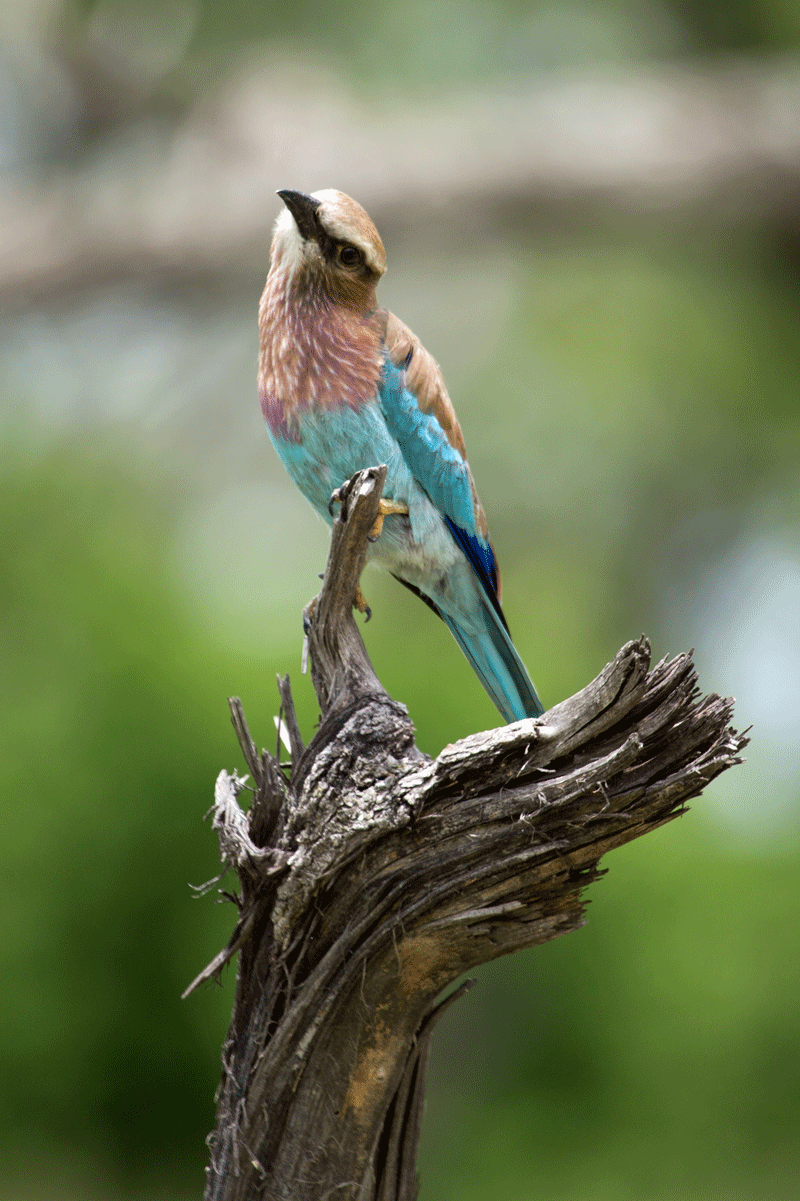
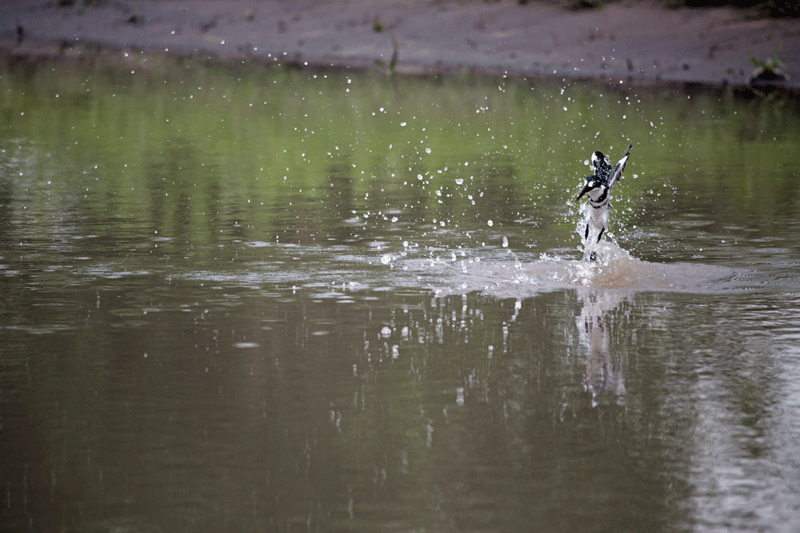
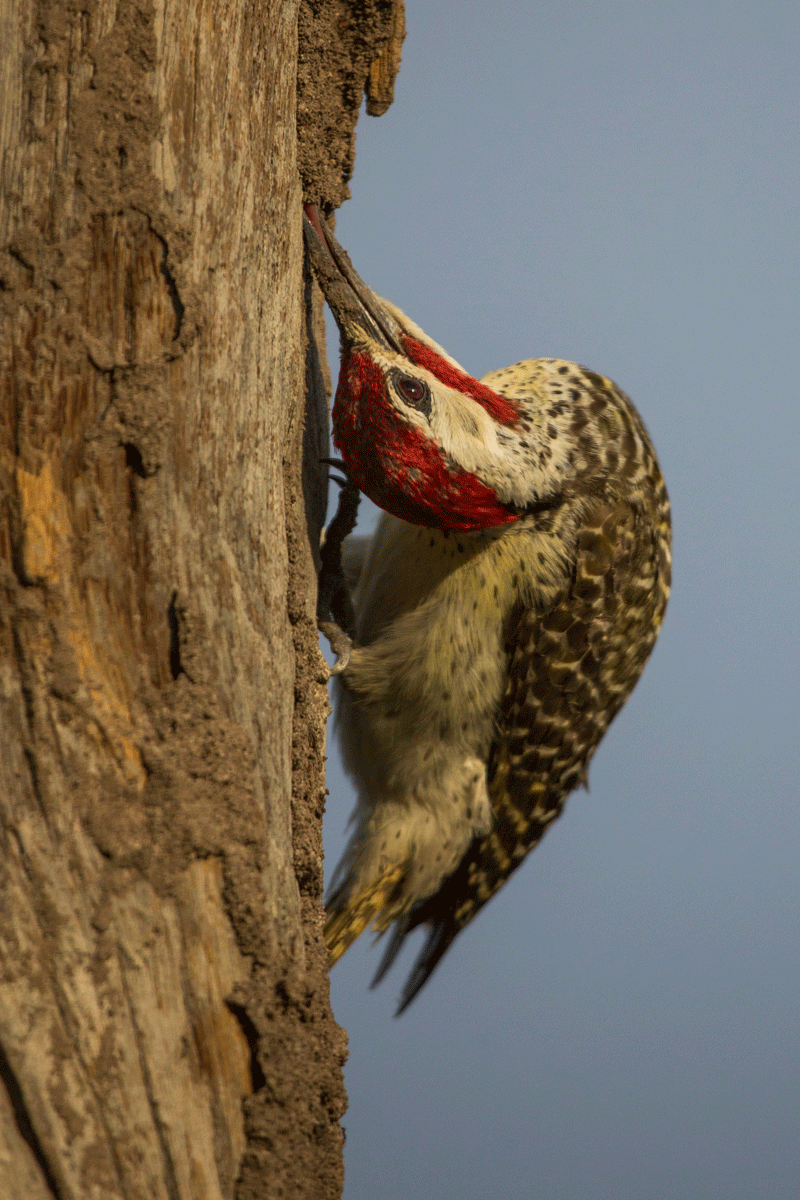
Leave a Comment